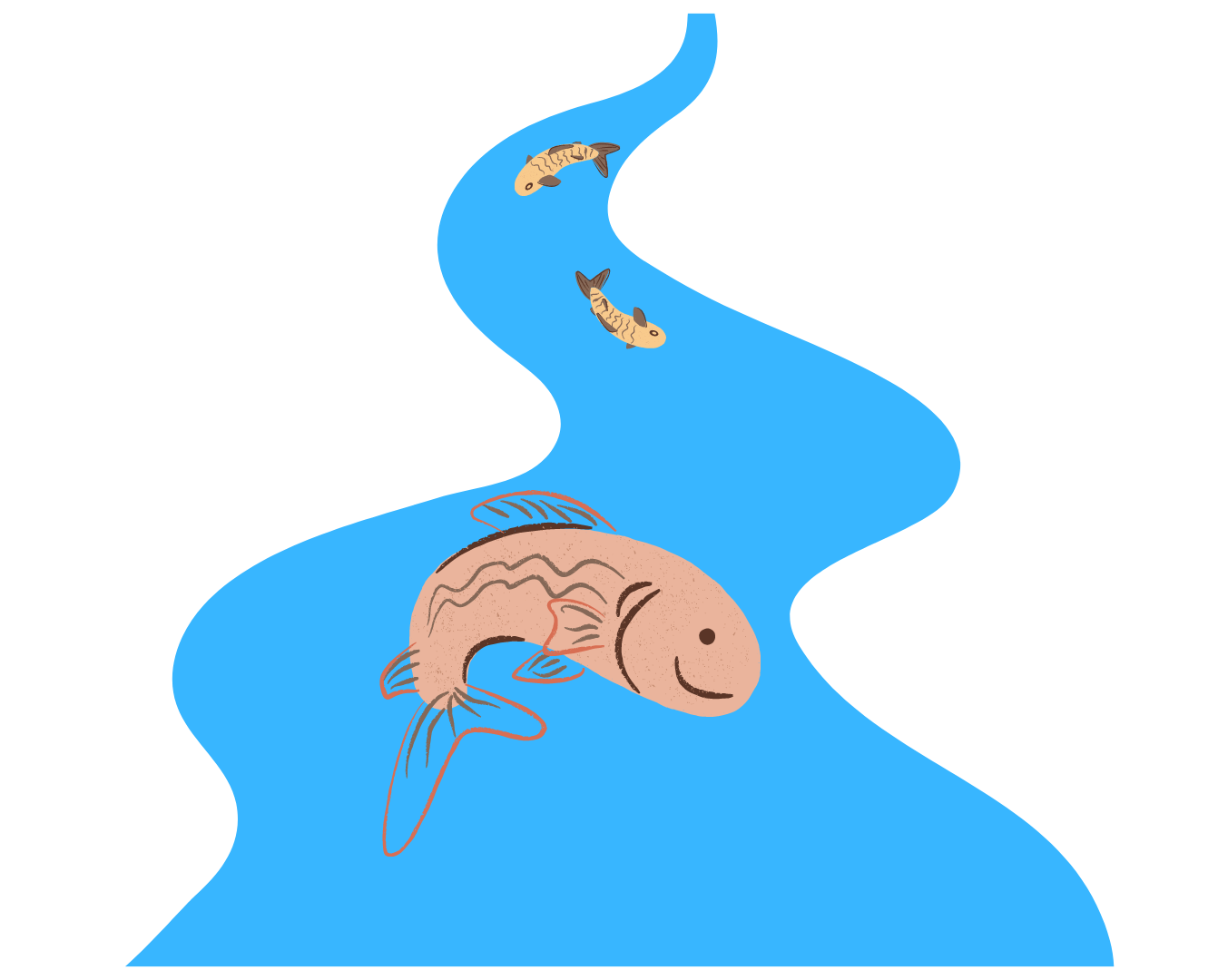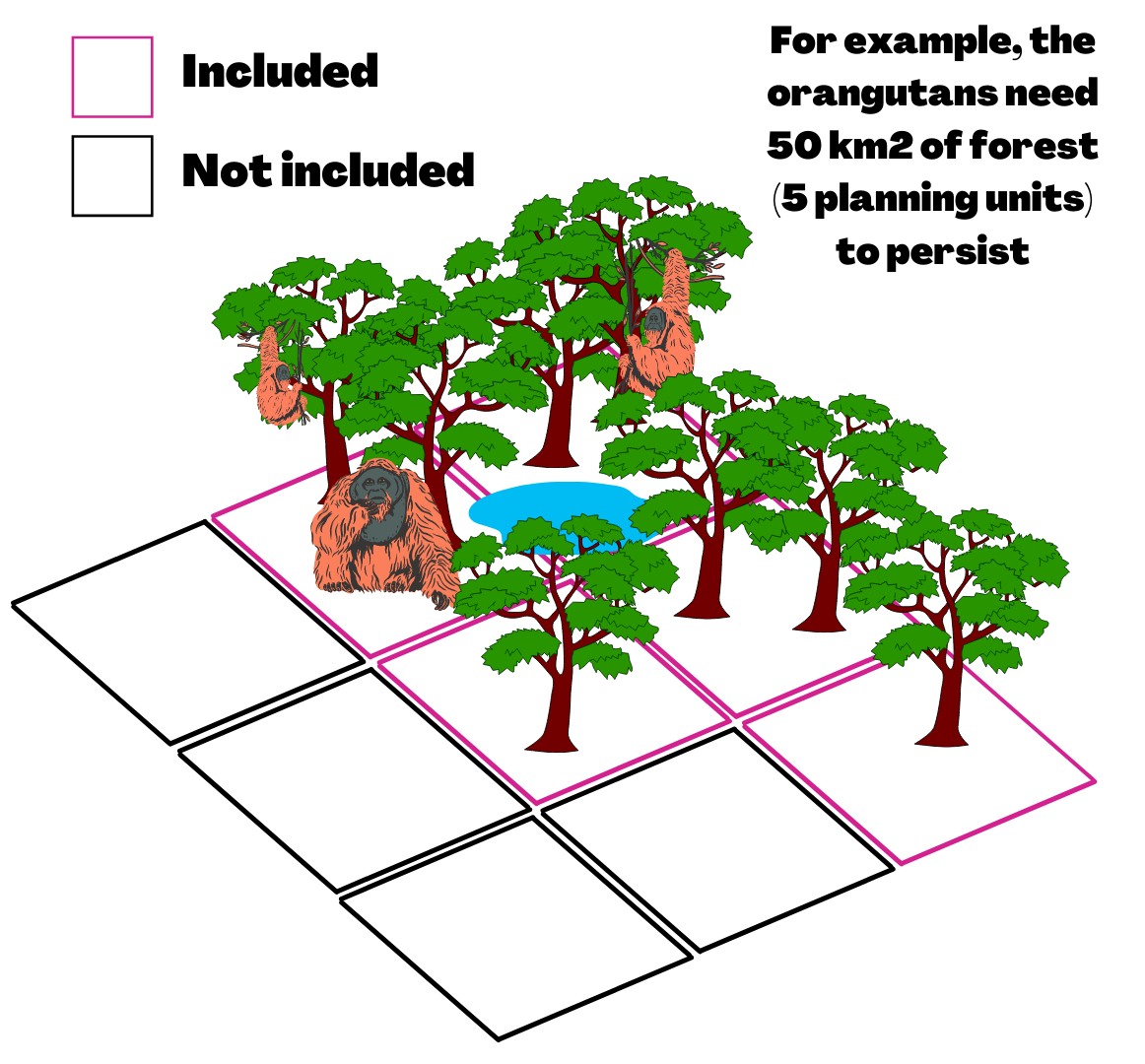The CARE Principles.
Connectivity, Adequacy, Representation, and Effectiveness are four key principles that should be considered when designing a conservation network. These CARE principles are fundamental to conserve biodiversity in the long term.

Most systematic conservation plans address three key principles: comprehensiveness, adequacy and representativeness (CAR). These were established in the context of the Australian forest reserves (Commonwealth of Australia, 1992), but found their way into the international conservation literature and shaped the thought process of conservation researchers and managers worldwide. Since then, the CAR principles have had a fourth principle included — the principle of efficiency (Possingham et al., 2006; Sarkar et al., 2006). Efficiency recognises that conservation resources are limited and strives to minimise conservation costs and negative impacts on stakeholders (Linke et al. 2011). More recently, the principle of comprehensiveness has been included under representativeness, and the C now stands for connectivity: ensuring the conservation of ecological processes that support the persistence of biodiversity.
Connectivity, in its most general form, refers to the exchange of individuals (including genes, traits, disease, etc.), energy or materials among habitat patches, populations, communities, or ecosystems (Daigle et al. 2020). It can be spatial (e.g., river connectivity) or non-spatial (e.g., disease).
Connectivity can include protecting sources and sinks of coral and fish larval, migration corridors for terrestrial and marine vertebrates, stopover sites for migratory birds, and keeping interdependent habitats that species throughout their life-cycles healthy.


An adequate conservation area should contain enough of every habitat and species to ensure that it persists through time. In conservation planning this is achieved by ensuring that a minimum target amount of habitat types and species are within the conservation system. Some species and habitats need more conservation than others.
This principle is the foundation of area-based conservation approaches worldwide. It aims to ensure a sample of all biodiversity present in a region receives some form of protection. Species, habitats, ecosystems, and ecological processes all need to be represented and replicated throughout in our conservation plans.


Conservation occurs alongside many other human activities and commercial interests. This principle recognizes the constraints placed on natural resources from competing activities and tries to find balance. Often, we can find ways to deliver conservation outcomes while minimizing impacts on people, industries and communities that also rely on natural resources.
REFERENCES.
Commonwealth of Australia (1992) National Forest Policy Statement: A New Focus for Australia’s Forests. Advance Press, Perth, WA. https://www.agriculture.gov.au/sites/default/files/sitecollectiondocuments/forestry/australias-forest-policies/nat_nfps.pdf
Daigle R.M., Metaxas A., Balbar A.C., McGowan J., Treml E.A., Kuempel C.D., Possingham H.P., Beger M. (2020) Operationalizing ecological connectivity in spatial conservation planning with Marxan Connect. Methods in Ecology and Evolution 11.4:570-579.
Linke, Simon, Eren Turak, and Jeanne Nel. (2011) Freshwater conservation planning: the case for systematic approaches. Freshwater Biology, 56:6-20.
Possingham H.P., Wilson K.A., Andelman S.J. & Vynne C.H. (2006) Protected areas: goals, limitations, and design. in: Principles of Conservation Biology. (Eds M.J. Groom, G.K. Meefe & C.R. Carroll), pp. 509–533. Sinauer Associates, Inc., Sunderland, MA.
Sarkar S., Pressey R.L., Faith D.P. et al. (2006) Biodiversity conservation planning tools: present status and challenges for the future. Annual Review of Environment and Resources, 31:123–159. https://doi.org/10.1146/annurev.energy.31.042606.085844
Kukkala, Aija S., and Atte Moilanen. (2013) "Core concepts of spatial prioritisation in systematic conservation planning." Biological Reviews 88: 443-464. https://doi.org/10.1111/brv.12008
